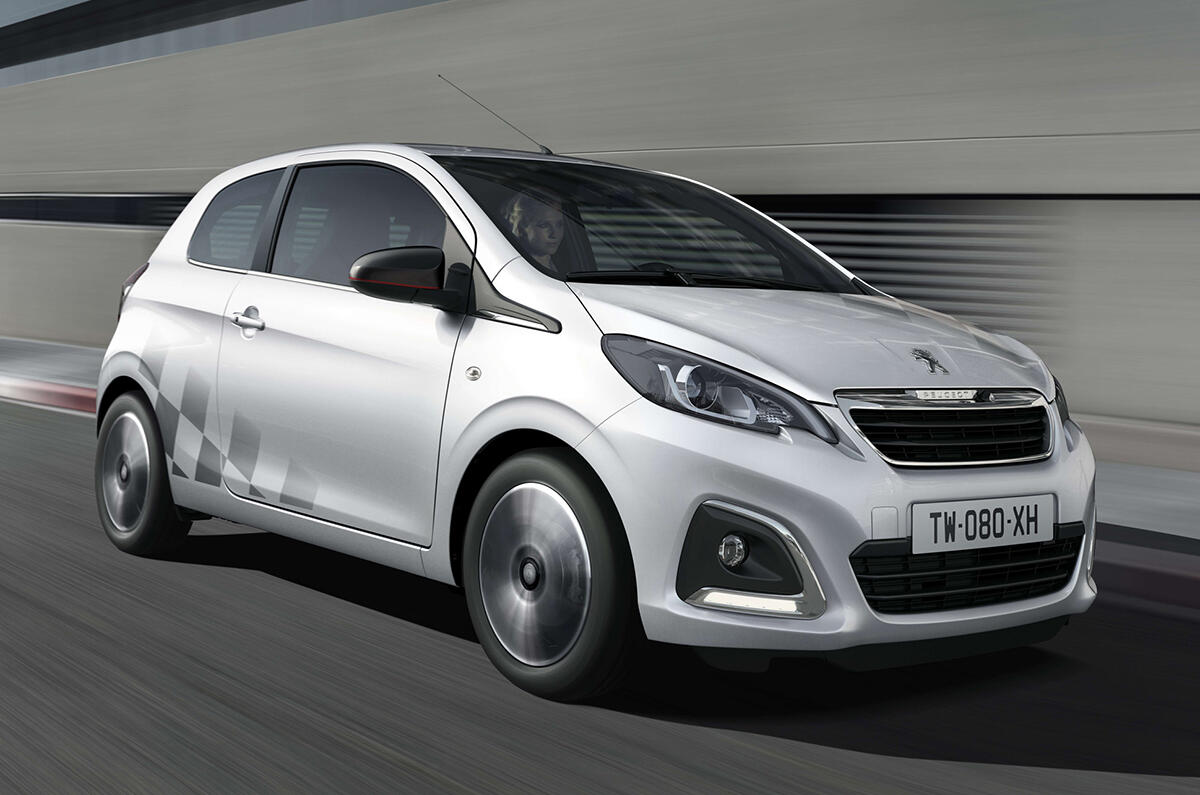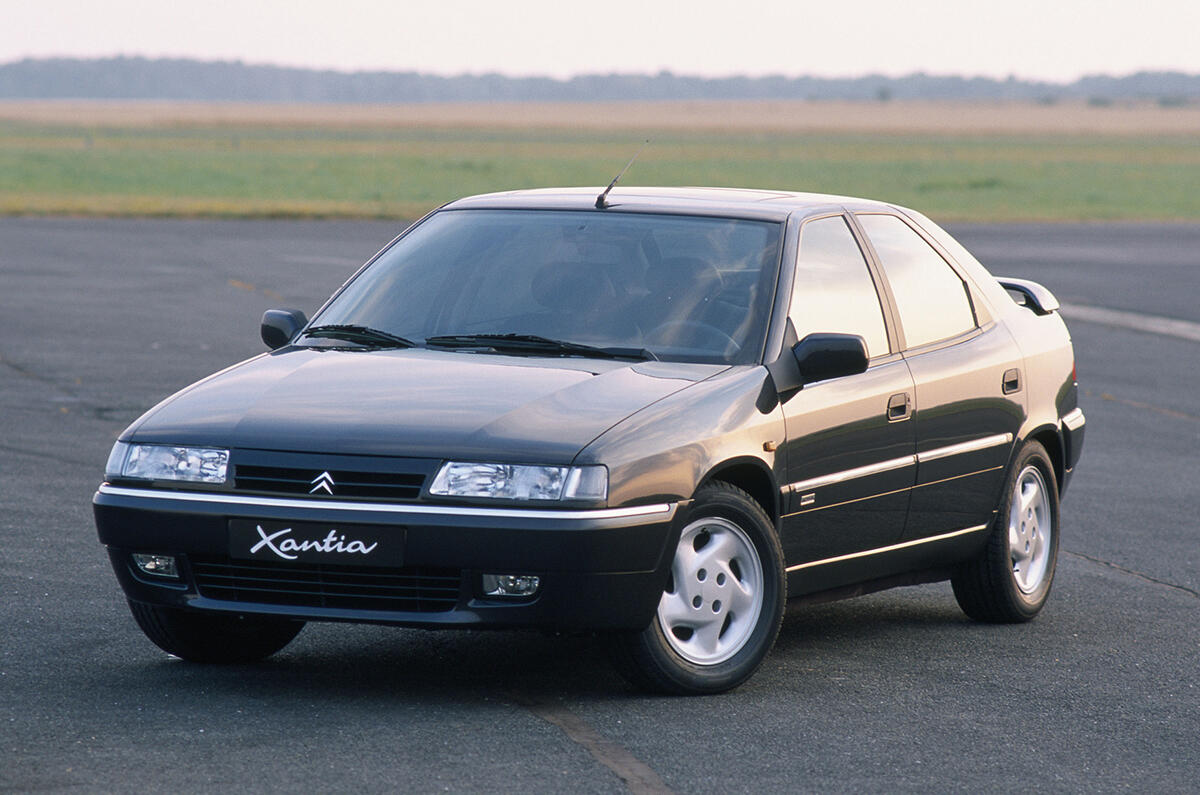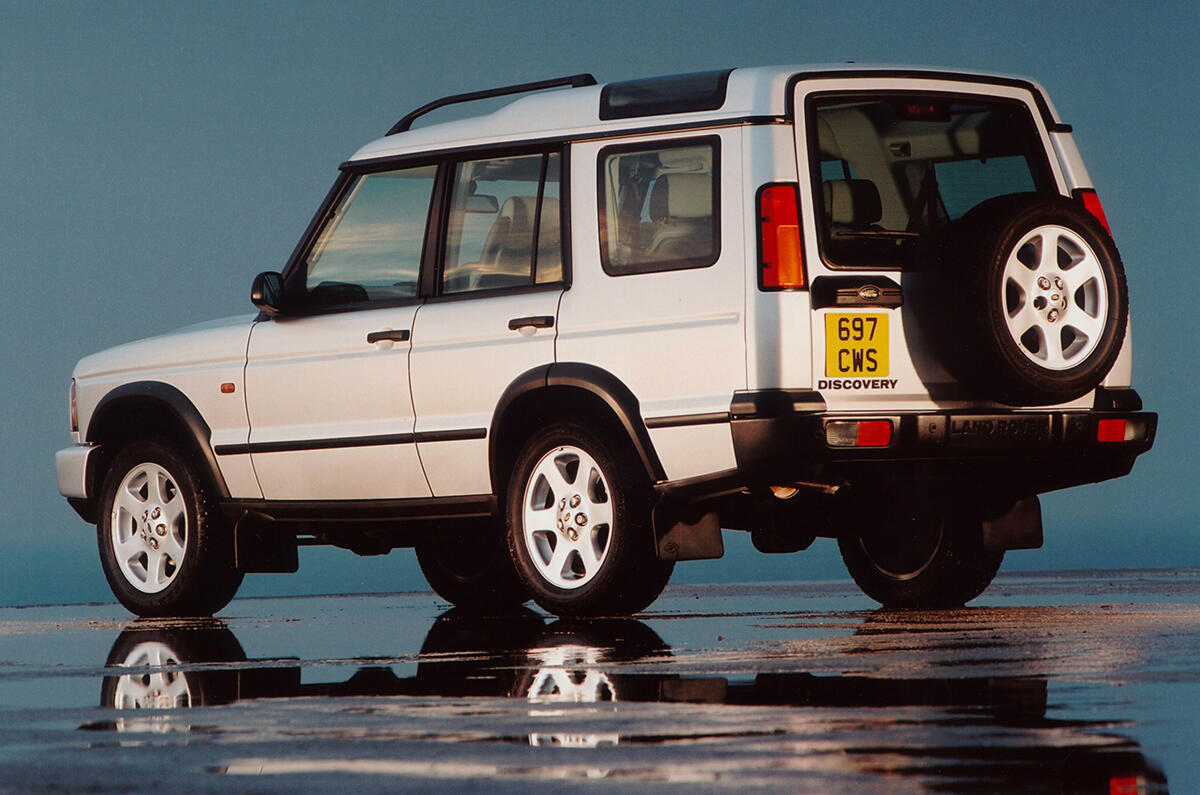Lean, tilt, lurch, sway - usually, we can reckon on body roll being the enemy of good handling. It allows the car’s bodywork too much unsettling inertia of its own, it shift’s the car’s weight in an unhelpful direction and for those sitting inside, shifts theirs about in much the same way.
It’s why racing cars barely roll at all, and why road car suspension engineers are locked in perpetual battle with the compromise between supple ride and teeter-free handling.
But, body-roll doesn’t always kill your enjoyment of a car, as I was reminded while punting a Peugeot 108 through a sequence of switchbacking bends yesterday.
Get your speed and positioning right, and you easily cajole this Peugeot into a gently rhythmic sway, the flattening tilt of its exit from one bend flowing smoothly into the tilt of the next if it’s heading the other way. And this can be quite a pleasant sensation if there isn’t too much of it, and aboard the 108, whose dampers make a decent job of controlling this city car’s body, it proves to be exactly that.
Body roll is at least as much a messaging system as steering feel and the sensation of sideways forces on your torso, the gentle tilt of windscreen against horizon a measure of how ambitious - or foolish - you’re being. Remembering drives in a couple of cars with no roll - or close to it - suspension is a reminder of the importance of body roll as a signal, too.
Years back, Citroën sold a version of its Xantia hatchback with no-roll hydropneumatic suspension. Badged the Xantia Activa, it was the realisation of a no-roll dream nursed by Citroën engineers (and others) since the 1950s.
And the Activa was startling and disconcerting in equal measure. You couldn’t help waiting for the roll that never came, because it’s what you’re used to, and mildly bewildered by the fact that it was very hard to work out where this Citroën’s grip limits were.
The same applied to the Land Rover Discovery II with its ingenious tilt-resisting suspension, whose limit I chillingly uncovered when the Land Rover sledged into straight-line understeer during a fling through a wet Highland bend. Circumspection swiftly followed.
Body roll makes it easier to judge where you sit within the car’s dynamic capabilities. The need to control its tilting build-up with a bit of steering, braking and accelerative subtlety can be a big part of the entertainment. Especially in road cars that haven’t been built to set a smouldering laptime at the Nürburgring.
Which is most of them, particularly at the 108 end of the market. I’d happily trade a bit of roll-resistance for the improved ride and subtle pleasures of body-sway across a whole heap of today’s cars. Although I’m not expecting that alteration to occur anytime soon.









Join the debate
Add your comment
Thanks
Latest price?
Price Increase??
Yes Same here